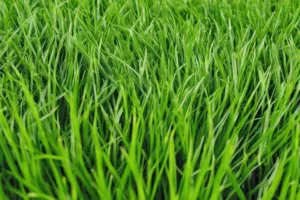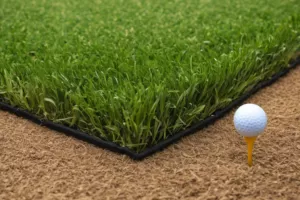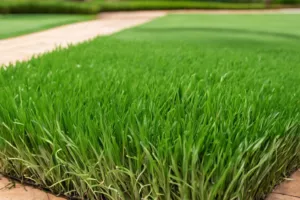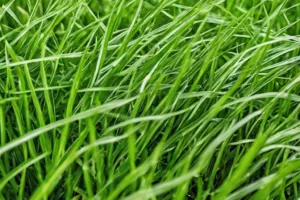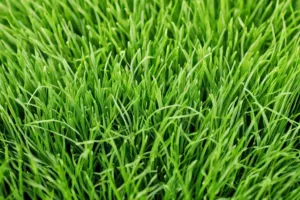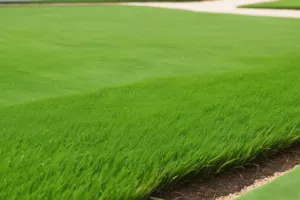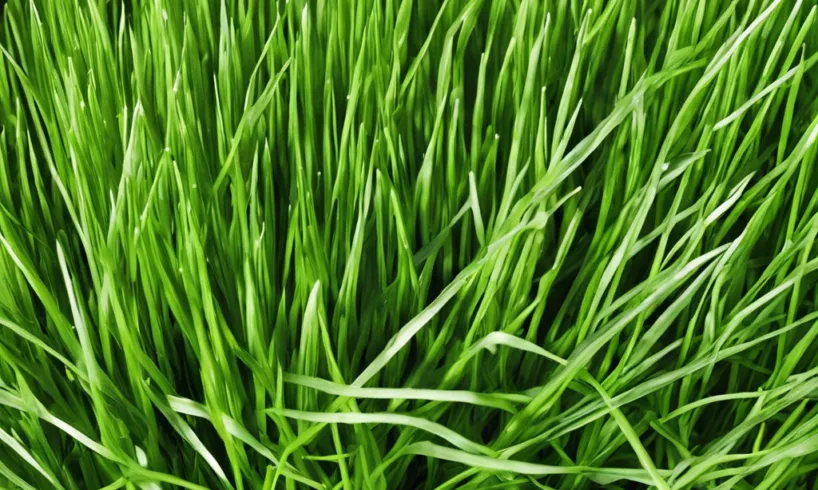
Understanding the Nature of Zoysia Grass
Zoysia grass is a warm-season turfgrass originating from Asia that has gained popularity in many parts of the world due to its robust nature, heat tolerance, and impressive green color. Being drought-tolerant, it requires less hydration compared to other grass types, making it an environmentally friendly option. However, it’s the aggressive growing nature of Zoysia that has prompted questions about whether it is invasive or not.
Is Zoysia Grass Invasive?
The term “invasive” in botanical or horticultural context usually refers to non-native plants that spread quickly and uncontrollably, often causing harm to the native ecosystem. While Zoysia grass does spread quickly and aggressively, it’s crucial to differentiate between being invasive and being aggressive or vigorous.
Zoysia grass is not categorized as an invasive species by any federal or state regulatory agency in the United States, such as the USDA’s National Invasive Species Information Center. However, its vigorous growth pattern can lead to it overtaking other grass types in a lawn or landscape, which can be perceived as invasive by some property owners.
The Aggressive Growth of Zoysia Grass
How Zoysia Spreads
Zoysia grass spreads through both rhizomes and stolons. Rhizomes are root-like stems that grow horizontally underground, while stolons are similar structures that grow above ground. These mechanisms allow Zoysia grass to spread rapidly and recover quickly from damage, contributing to its perception as an “invasive” grass.
Effects on Other Plants
As Zoysia grass spreads, it can choke out other grasses and plants in its path. Its dense growth pattern creates a thick mat of grass that can block sunlight from reaching the soil, preventing other plants from growing.
Considerations for Specific Groups or Situations
While Zoysia grass’s aggressive nature can be beneficial for homeowners looking for a robust and low-maintenance lawn, it may not be suitable for all situations.
Border Areas
For property owners with mixed plantings or border areas, Zoysia’s vigorous growth can be a problem. It may invade flower beds or other non-grass areas, requiring regular edging or other maintenance to keep it in check.
Biodiversity
In areas where preserving biodiversity is a priority, Zoysia may not be the best choice. Its tendency to choke out other grasses and plants can lead to a decrease in plant diversity.
Practical Advice for Using Zoysia Grass
While Zoysia grass has its considerations, with proper management, it can be a beautiful and resilient addition to your landscape.
Proper Installation
Zoysia grass should be installed in areas where its aggressive growth can be beneficial rather than problematic. This might include areas where other grasses are struggling to grow or where a dense, uniform lawn is desired.
Maintenance
Regular maintenance is crucial in preventing Zoysia grass from becoming problematic. This includes regular mowing to maintain a suitable height and prevent seeding, edging to keep the grass contained, and correct watering practices to prevent overgrowth.
The Zoysia grass, with its robust and aggressive nature, can be a double-edged sword. While it’s not officially classified as invasive, its growth patterns can indeed mimic those of invasive species. Therefore, understanding its nature and proper management is crucial to enjoy its benefits while mitigating its potential downsides.

Bob Green, a passionate lawn care enthusiast with over two decades of landscaping experience, is this website’s proud owner. His vast knowledge of horticulture and dedication to helping homeowners maintain beautiful lawns are reflected in the valuable content he shares on his platform. John has always been interested in Agrostology.








